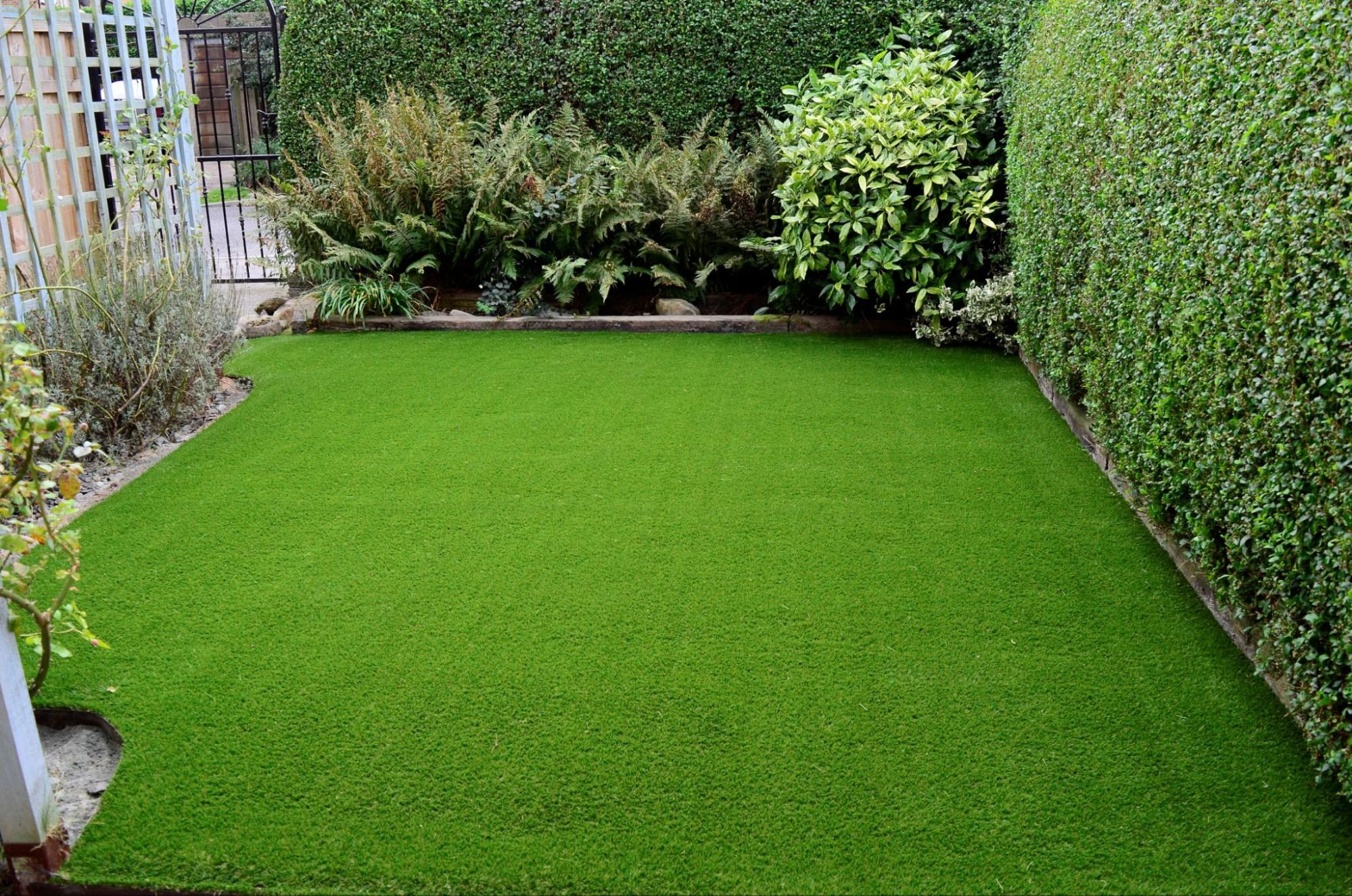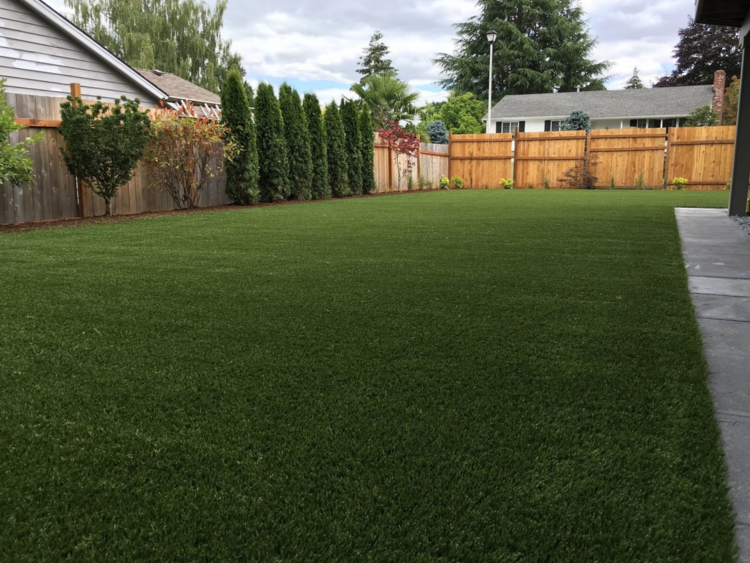Look Into the Environmental Advantages of Opting for Artificial Lawn Solutions
The fostering of artificial grass options offers an engaging possibility to attend to pressing environmental obstacles. By substantially decreasing water usage and reducing the application of damaging chemicals, these options not only advertise lasting landscaping yet additionally shield regional ecosystems. Moreover, the lower carbon impact related to lowered maintenance tasks contributes to an extra lasting method to land management. However, the implications of these benefits prolong past simple conservation initiatives, increasing inquiries regarding their long-term effect on environment preservation and total eco-friendly balance. Discovering these dimensions discloses a complicated interaction worth taking into consideration.
Water Preservation Conveniences
One of the most substantial advantages of man-made grass is its capacity to conserve water. In comparison, synthetic lawn does not require watering, significantly lowering the total demand for water sources.
By removing the need for normal watering, synthetic grass adds to sustainable landscape methods and assists reduce the environmental impact of extreme water intake. Additionally, the preservation of water reaches the decrease of runoff, which can result in dirt disintegration and waterway contamination.
Furthermore, the setup of fabricated lawn allows communities and homeowners to allocate water sources a lot more effectively, concentrating on vital uses such as drinking water and farming. The shift in the direction of synthetic turf not just promotes accountable water use but additionally aligns with more comprehensive ecological objectives targeted at maintaining natural deposits.
As neighborhoods progressively focus on sustainability, the water preservation benefits of synthetic grass offer a compelling instance for its fostering in property and industrial landscape design projects.
Lowered Chemical Usage
The shift to synthetic grass dramatically decreases the reliance on chemical therapies commonly used in all-natural turf upkeep. Standard turf management commonly entails the application of pesticides, herbicides, and plant foods to promote growth and control pests. These chemicals can pose threats to human health, neighborhood wild animals, and the atmosphere, adding to soil and water contamination.
In comparison, artificial turf removes the requirement for these harmful substances. Once set up, it calls for minimal maintenance, largely containing routine cleaning and seldom infill replenishment. This reduction in chemical use not only profits the prompt environment however additionally adds to wider eco-friendly stability. By reducing the launch of synthetic substances into the ecosystem, synthetic grass advertises healthier soil and water systems.
Furthermore, the lack of chemical drainage associated with fabricated grass installments aids secure regional rivers from pollution, sustaining aquatic life and preserving biodiversity. Arizona turf. As areas increasingly prioritize lasting methods, selecting synthetic grass presents a sensible solution that aligns with ecological conservation goals. With this change, homeowner can take pleasure in lush environment-friendly rooms without compromising eco-friendly health and wellness, leading the way for an extra sustainable future
Lower Carbon Impact

Moreover, the installation of fabricated grass can lead to considerable water conservation. Natural lawns need substantial amounts of water for irrigation, which not only includes to the carbon footprint associated with water extraction and treatment however additionally pressures local water resources. On the other hand, synthetic grass needs minimal maintenance, requiring no watering, consequently significantly decreasing water usage and its associated energy prices.
Additionally, the durability of synthetic grass adds to its lower carbon effect. With a life-span of approximately 15 years or even more, the requirement for constant substitutes is reduced, leading to less waste and lower energy consumption in production and throwing away standard lawn choices. On the whole, synthetic grass provides a sustainable choice for environmentally mindful landscaping.
Environment Conservation
Environment conservation is a crucial factor to consider in the argument over landscaping options, specifically when comparing fabricated turf to natural lawn. All-natural yard lawns commonly require substantial maintenance, consisting of making use of chemicals, herbicides, and fertilizers, which can detrimentally affect local ecosystems. These chemicals can seep into the soil and rivers, damaging indigenous vegetation and fauna and disrupting neighborhood habitats.
Fabricated lawn gets rid of the demand for hazardous chemicals, consequently shielding neighboring wild animals and keeping the honesty of bordering ecosystems. The installation of synthetic turf can lead to the conversion of former turf areas into even more biodiverse landscapes, such as pollinator yards or indigenous plant locations, which can sustain neighborhood wild animals.
Ultimately, the transition to synthetic grass not only preserves water and minimizes maintenance efforts however likewise fosters a much more harmonious connection between human activities and the all-natural setting, advertising habitat preservation while doing so.
Long-Term Sustainability
Lasting sustainability is a crucial consider evaluating the benefits of artificial turf over typical over here yard yards. One of one of the most substantial benefits of artificial lawn is its longevity; it can last as much as 15-20 years with minimal upkeep, whereas all-natural grass calls for regular reseeding and replacement. This long life anonymous decreases the need for consistent resources, such as water, plant foods, and pesticides, which are essential for keeping a healthy yard lawn.
In addition, synthetic grass adds to a reduction in carbon discharges associated with yard care tools. Conventional grass commonly require gas-powered lawn mowers, trimmers, and blowers, all of which add to air pollution. Arizona artificial turf. On the other hand, fabricated turf gets rid of the need for such devices, advertising a cleaner environment
In addition, the production of fabricated lawn progressively makes use of recycled materials, improving its sustainability account. As manufacturers embrace environmentally friendly techniques, the ecological footprint of man-made lawn remains to decrease.

Verdict
The fostering of synthetic lawn options presents substantial environmental benefits, including significant water conservation, reduced reliance on hazardous chemicals, and a reduced carbon footprint. Artificial grass help in protecting all-natural habitats by lessening land disruption and promoting long-lasting sustainability via the use of durable materials. Jointly, these great site aspects underscore the possibility of synthetic grass to add positively to ecological health and wellness and offer a viable alternative to typical landscape design methods in an increasingly resource-conscious world.
In comparison, artificial lawn does not require watering, considerably minimizing the overall need for water sources. By decreasing the release of synthetic substances right into the community, man-made turf promotes much healthier dirt and water systems.
In addition, the installation of fabricated grass can result in significant water conservation. In comparison, fabricated lawn needs marginal upkeep, calling for no watering, thus significantly minimizing water use and its linked energy expenses.
